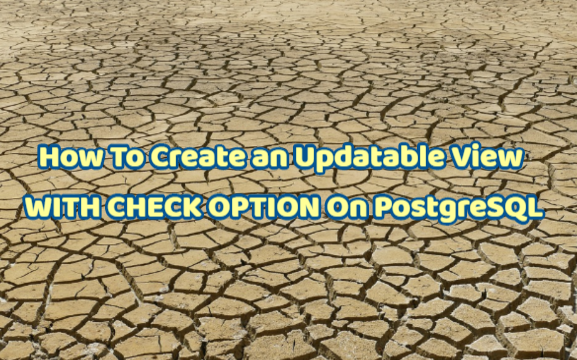Introduction : – pg_rewind is a tool for synchronizing a PostgreSQL cluster with another copy of the same cluster, after the clusters’ timelines have diverged. …
Read More »
Introduction : – pg_rewind is a tool for synchronizing a PostgreSQL cluster with another copy of the same cluster, after the clusters’ timelines have diverged. …
Read More »It is a good idea to save the database server’s log output somewhere, rather than just routing it to /dev/null. The log output is invaluable when …
Read More »PostgreSQL, like any database software, requires that certain tasks be performed regularly to achieve optimum performance. The tasks discussed here are required, but they are repetitive in nature …
Read More »Overview This article briefs us on how to tune a database or make it work faster Max connections: We can configure the maximum number of …
Read More »Database Tuning Fundamentally, database performance tuning is done for two basic reasons, to reduce response time and to reduce resource usage, both of which can apply …
Read More »Overview PostgreSQL, often simply Postgres, is an object-relational database management system (ORDBMS) with an emphasis on extensibility and standards compliance. As a database server, its primary functions are to store …
Read More »With using triggers in PostgreSQL, you can trigger another event before an event occurs (BEFORE TRIGGER). Or you can trigger another event after it …
Read More »I described creating an updateable view in the article “How To Create an Updatable View in PostgreSQL“. In this article I will describe how to …
Read More »In PostgreSQL, we can perform insert, update and delete operations on the relations specified in the view via views. Restrictions Of course there are some …
Read More »You can regularly query your queries written with the Common Table Expression by converting them to Recursive View. We have already done an example of …
Read More »